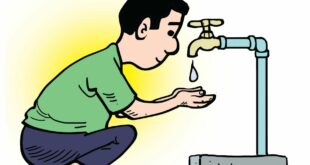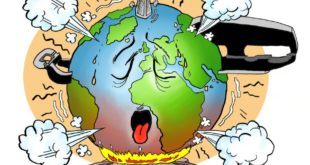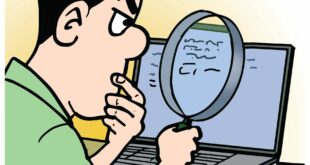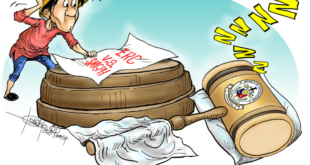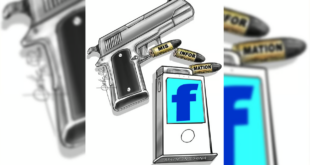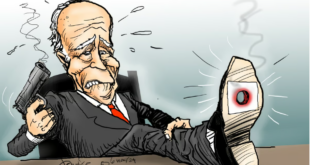
If there is one crucial theme that dominated President Ferdinand R. Marcos Jr.’s second State of the Nation Address (SONA) — lasting one hour and 11 minutes — it was undoubtedly “digitalization.” Throughout the past year, the President consistently underscored the significance of digitalization in various aspects of governance, emphasizing its potential to serve the people efficiently.
“Digitalization is the call of today; not of the future — but of the present. It is here, it is needed, and it is needed today,” Marcos said.
Whoever thinks that digitalization is not a national concern has lived under a rock. The pandemic demonstrated this urgency, as Filipinos rapidly adapted to generating QR codes, engaging in online shopping, and ordering food through delivery apps. Recognizing the transformative power of digitalization, the President has emerged as a fervent “cheerleader” for this cause, recognizing its potential to eradicate poverty, eliminate bureaucratic red tape, and combat systemic graft and corruption.
It should be noted that last year, the E-Governance Act or House Bill No. 7327, a consolidation of 21 related measures, was highlighted by the President as one of his priority measures in his first SONA. The bill was approved by the House of Representatives on March 6, with Marcos’ marching order to “accelerate the buildup of digital infrastructure in the country.”
The President, however, pointed out that digitalization — online payment systems, data-driven planning, app usage, and cloud technology — must be wholeheartedly embraced to achieve its true potential. Half-hearted efforts would only lead to citizen frustration and hinder progress.
“All our digitalization efforts will be linked to our payment systems, whose digital transformation has been accelerating at a remarkable rate,” the President said.
Again, all these efforts wouldn’t come to fruition without a strong internet connectivity and improved speed. The President was delighted to report that the country’s internet speed had indeed improved.
“As of June this year, our fixed broadband speed ranks 47th among 180 countries. This ranking is 11 places higher than it was in 2022. Our mobile internet speed is now ranked at 83 out of 142 countries, which is eight places higher than it was last year.”
Moreover, the government’s National Fiber Backbone and Broadband ng Masa projects are set to deliver high-connectivity and high-speed internet to geographically isolated and disadvantaged areas.
Among the highlights of the 2nd SONA was the President’s announcement of the eGov PH mobile app, which aims to integrate all key government services for the convenience of its users. Led by the Department of Information and Communications Technology (DICT), the app will consolidate all digitalized government services into one app to establish the National Government Portal and the Philippine Business Databank.
There’s also news that the Department of Budget and Management (DBM) has also launched its digital transformation roadmap, aligning with the administration’s digitalization efforts to enhance bureaucratic efficiency and ensure sound fiscal management.
With all these transformative developments underway, digitalization emerges as the key to unlocking further economic growth and fostering equal prosperity. Currently, digital processes are already being implemented in government payments, business registrations, permits and licenses issuance, loan applications, and revenue collections. However, the potential for digitalization goes beyond these processes; its true significance lies not only in its capacity to ease our lives but to uplift the poorest of the poor.
*****
Credit belongs to : www.mb.com.ph
 Atin Ito First Filipino Community Newspaper in Ontario
Atin Ito First Filipino Community Newspaper in Ontario
